The discovery of ancient artifacts always reminds us of the creativity of our ancestors. These findings also give us a great chance to witness objects that have existed for centuries. Here is a list of the top 10 most mysterious archaeological discoveries of all time.
10. Voynich Manuscript
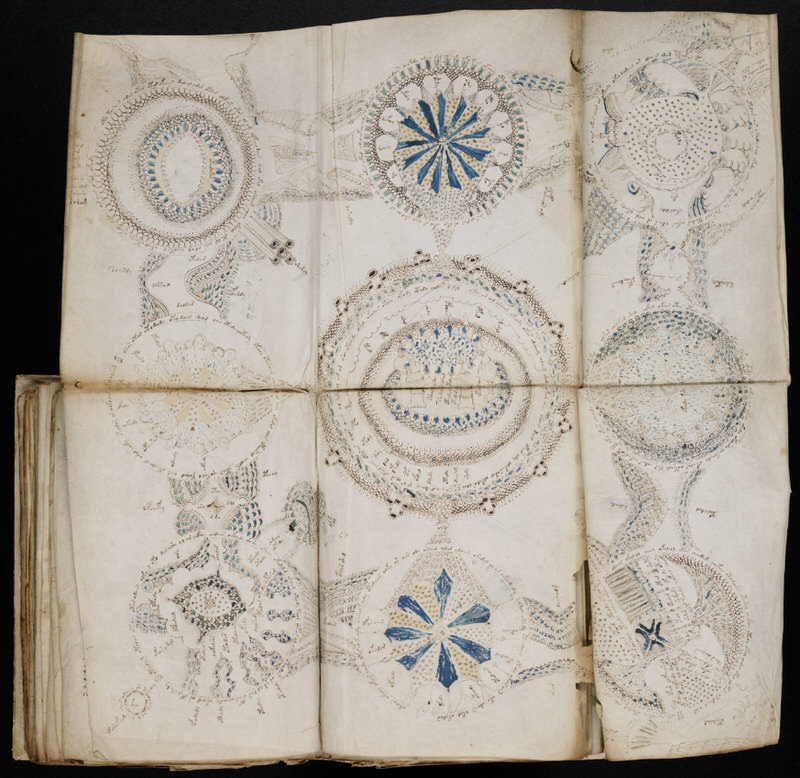
CREDIT OF IMAGE: ELUSIVE MUSE ON FLICKR
The Voynich manuscript is a mysterious document discovered by archaeologists in 1912 in North Italy. Despite extensive research, the manuscript’s language, author, and scribe are still mysterious. According to archaeologists, many of the manuscript’s pages have yet to be discovered, leaving only 240 pages behind. The manuscript contains drawings of various herbal plants, but we can’t find any match with any known plant species.
The only intriguing part of the manuscript is not just the herbal section but also the amazing astronomical, biological, cosmological, and pharmaceutical sections. Researchers estimate that the manuscript dates back to the 15th century. Despite numerous studies without any definite answers, the mystery surrounding the Voynich manuscript remains unsolved.
9. Mount Owen Moa
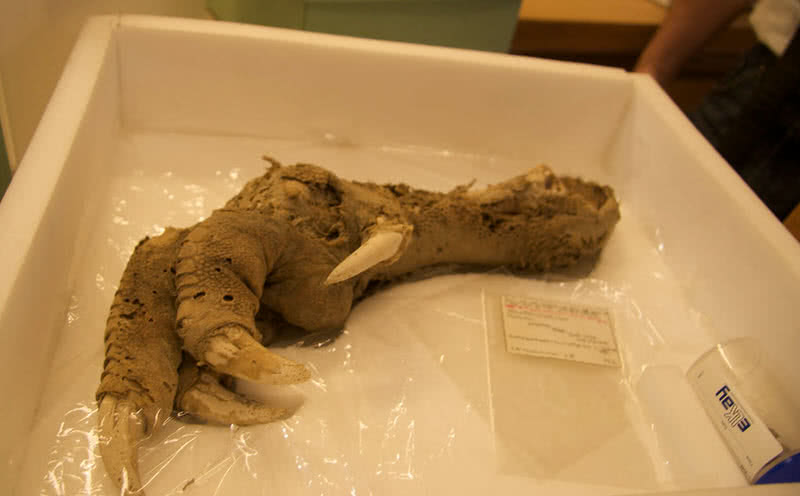
CREDIT OF IMAGE: RYAN BAUMANN ON FLICKR
In 1986, a team of archaeologists made a remarkable discovery while excavating a cave in New Zealand. They found a bird claw that still had flesh and muscles on it. Upon further examination, the archaeologists confirmed that it belonged to an extinct wingless bird called a moa. This bird disappeared from Earth 2000 years ago and was a massive bird that could grow up to 12 feet and weigh up to 250 kg.
It was once the dominant species in New Zealand’s forest and subalpine ecosystems, with only one predator, the Haast’s eagle. However, when Polynesians migrated to New Zealand, the Moa population declined rapidly due to over-hunting and habitat destruction. Today, the claws of moa are preserved in the Natural History Museum of New Zealand.
8. Sacsayhuaman
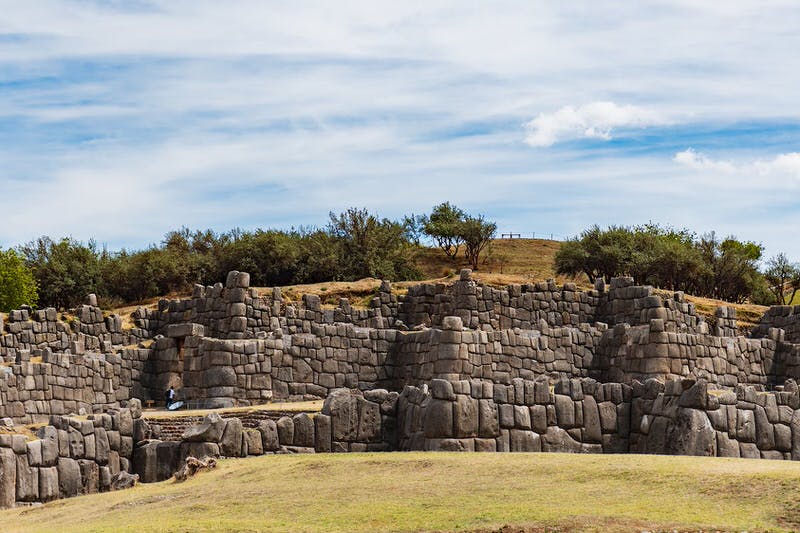
The Sacsayhuaman Wall protected famous archaeological towers, Muyu Marca, Sala Marca, and Paunca Marca, as well as a temple dedicated to the sun. Whenever tourists visit Cusco, they will be awestruck by the incredible Sacsayhuaman Fort, which looms over the city. The three megalithic walls of Sacsayhuaman are the most astounding examples of the power of artisans in the Inca empire.
7. Nazca Lines
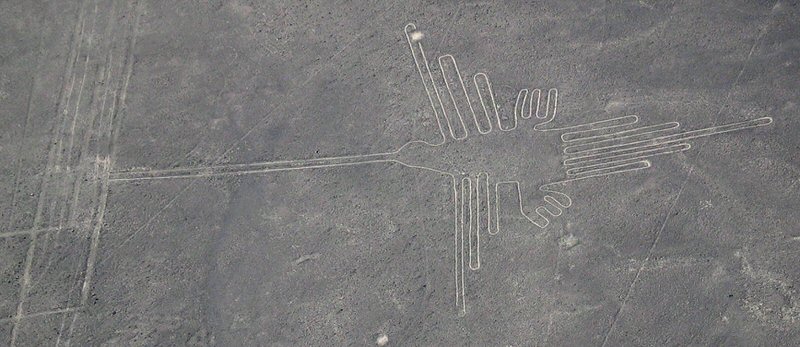
IMAGE CREDIT: BJARTESORENSEN, CC BY-SA 3.0, ON WIKIMEDIA COMMONS
The Nazca lines are a remarkable collection of massive geoglyphs visible from the air in the southern Peruvian desert. This site is one of the country’s most popular UNESCO World Heritage sites. These ancient and enigmatic formations comprise various shapes, such as trapezoids, rectangles, triangles, and swirls. Upon closer inspection, you can spot 70 animals, plant structures, and 300 geometric shapes.
You can also see other forms, including a humanoid figure known as “The Astronaut,” hands, and some unidentifiable shapes. The purpose of these lines is still a mystery, and archaeologists estimate that the Nazca people created these lines between 500 BC and 700 AD, which means that these ancient drawings have remained intact for over 2000 years. Many people believe that aliens created these lines to follow the right path.
6. Gobekli Tepe
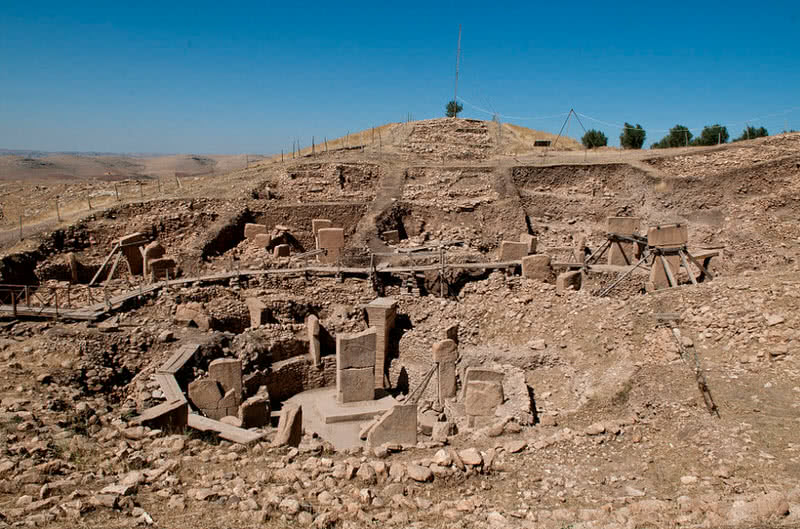
CREDIT OF IMAGE: TEOMANCIMIT ON WIKIMEDIA COMMONS
Gobekli Tepe, located in Turkey, is the oldest archaeological site in the world. This remarkable site showcases the incredible artistic ability of Stone Age people who lived around 11,200 years ago. To construct this site, the people used limestone pillars weighing between 15 and 22 tons and massive blocks of rock. During an expedition, archaeologists found 200 enormous pillars.
Each T-shaped pillar contains carved reliefs of animals such as gazelles, snakes, lions, and some abstract characters and icons. The discovery of wild animal bones at the site suggests the practice of ritual sacrifices and feasts. This construction may have served as a gathering place or temple for ancient people. The discovery of Gobekli Tepe has allowed archaeologists to conduct a comprehensive study of the Neolithic revolution.
5. Terracotta Army
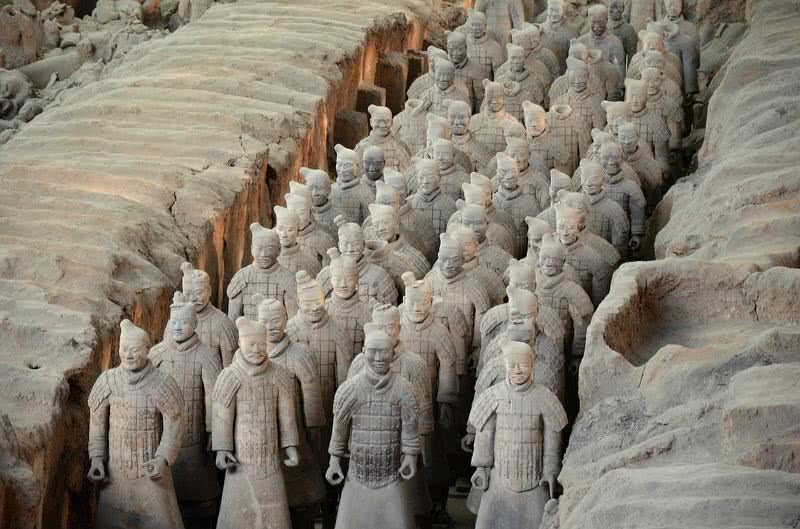
In 1974, a group of archaeologists from Xian, China, made an astonishing discovery while excavating: the terracotta army. It was the greatest funeral art ever, found buried near the tomb of Emperor Qin Shi Huang, the first emperor of China. This may be to protect him from different forces after death.
This complex is around 2,200 years old and consists of four main pits, three filled with terracotta soldiers and weapons, while the fourth remains empty. The archaeologists also discovered different weapons arranged perfectly within different clay corridors. T Although many parts of Qin Shi Huang’s complex and tomb remain unexcavated, this finding has given us a glimpse into the incredible ancient art of China.
4. Moai Statues, Easter Island
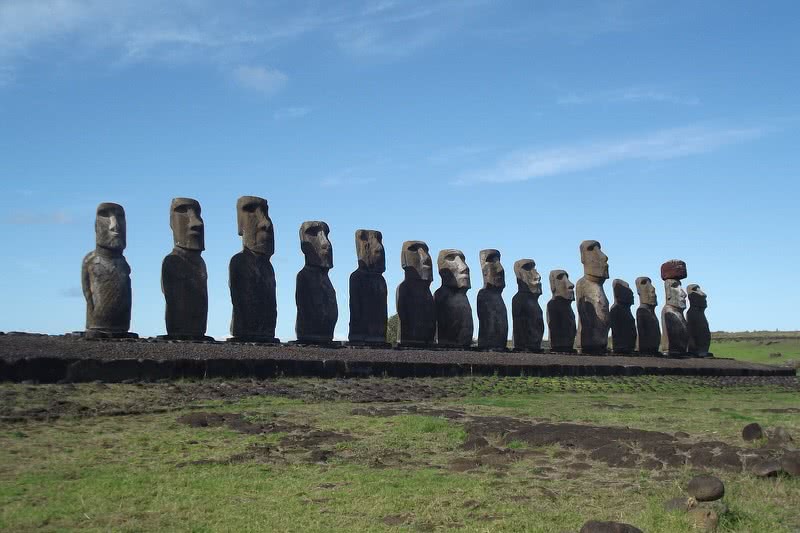
There are 288 Moai statues in total, situated on various stone platforms throughout the island. The Moai statues stand at 13 feet tall and weigh up to 80 tons. The Rapa Nui people used rocks from the island’s dead volcano to carve these statues. The “D-shaped” base of the Moai statues allowed them to move side by side with the help of sturdy ropes.
3. Stonehenge
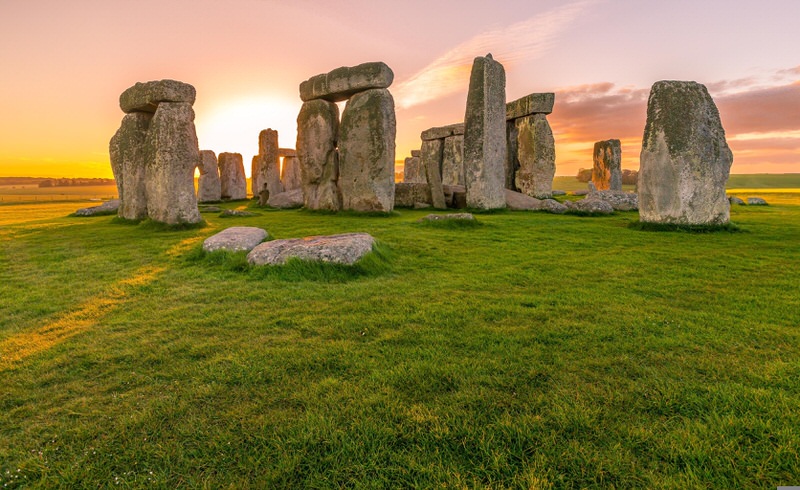
When the stones struck, they produced a loud clanging sound due to their unusual acoustic properties. In some ancient cultures, people believed that such rocks contained healing powers. From studies and estimations, many archaeologists believe that Stonehenge was a burial ground for individuals, including women and children.
2. Great Pyramids
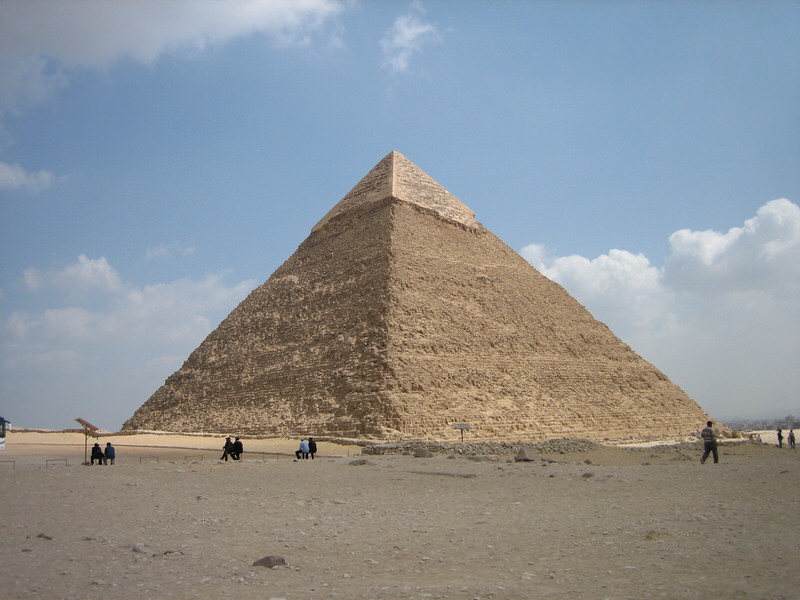
CREDIT OF IMAGE: JEROME BON FROM PARIS, FRANCE, CC BY 2.0, ON WIKIMEDIA COMMONS
Pyramids are some of the most magnificent ancient structures on Earth. While many civilizations have built pyramids, those constructed by the Egyptians are particularly noteworthy. The Great Pyramid of Giza remains a wonder of the ancient world to this day. The Egyptians began building pyramids back in 2700 BC, as tombs to preserve the bodies of their royalty, known as mummies.
The Great Pyramid of Giza is the oldest and tallest pyramid in Egypt, standing at a height of 481 feet. It took nearly 20 years to complete the construction of each pyramid, using millions of limestone blocks. The interiors of these pyramids contain valuable treasures and well-preserved bodies, while their walls feature intricate paintings and carvings.
1. Atlantis City

CREDIT OF IMAGE: JERRYE AND ROY KLOTZ MD ON WIKIMEDIA COMMONS
The lost city of Atlantis remains one of the most mysterious archaeological discoveries to date. In 360 B.C., Plato was the first to suggest the existence of Atlantis, a city that was said to have sunk into the ocean. Although researchers have hypothesized that a strong tsunami in the 10th millennium B.C. caused the city’s downfall, and the truth behind Atlantis remains unknown to archaeologists.
Ancient stories describe Atlantis as a city built by Poseidon, the God of the sea, that was larger than Asia today. Constructed with water rings and land, many believed its location was in the Atlantic Ocean. However, researchers have yet to locate the city’s exact location. The vastness and depth of the ocean make it difficult for scientists to discover Atlantis.





